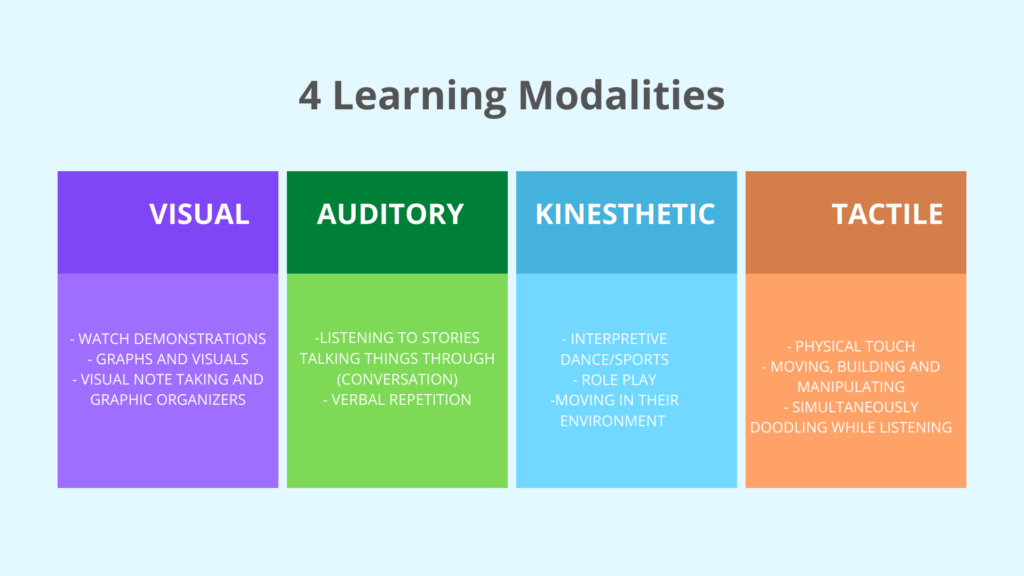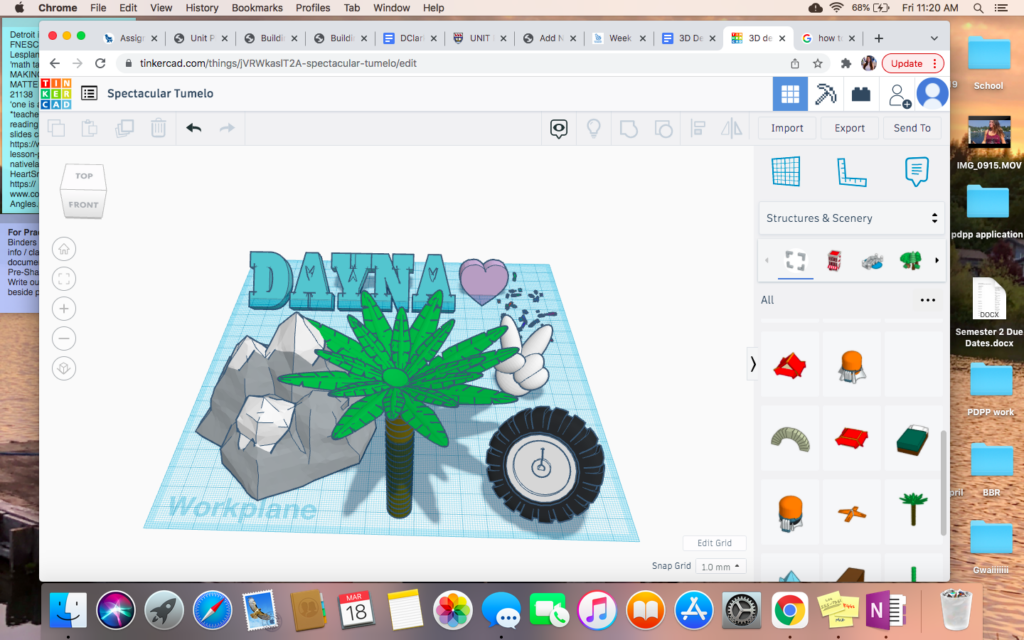Multi-Access Learning / Blended / Flipped Learning
With a virtual presentation from Nicole Kent, a PhD candidate with the University of Victoria
When first asked to brainstorm on the subject, my brain tapped into some prior knowledge relating to learning modalities.

However, during our class time, things definitely took a different turn. This week we learned about multi-access, blended and flipped learning/classrooms. The new modalities we learned about were things such as Blended (Hybrid), HyFlex, Multi-Access and Blended Synchronous (Synchronous Hybrid). We were told facts and history about the topics, such as “Blended learning was developed in North America, as synchronous communication was possible due to web based learning” (Nicole Kent). Further, we were given time to discuss in small groups, where we thought aspects such as synchronous, asynchronous and open access modalities were applicable. It was interesting to think about which of these qualities can be seen in the university courses we are currently taking. For example, our EDCI 336 class is HyFlex as we have the option for face to face, synchronous online, asynchronous online, and open access. While this option is extremely helpful for us as University Students (even further as ones who already have an undergraduate degree) I think it is important to think about what degree of responsibility the students will be willing to take. It seems straight forward to think that the one with the most options for students (i.e. HyFlex) would be the best way to facilitate learning, however, you have to weigh out pros and cons before you can make an educated decision. Does everybody have equitable access to the choices? Is there administrative support from your school? How much reliance is there on the teacher? parent? student? Through class discussion, it became clear that this is situational, especially in it’s early stages, and you may need to re-evaluate what modality is the best for each class, each year.
Class Activities! Hands on lab time
Today, we used Tinkercad, a free, online 3D modelling program. I played around with a few different ‘workspaces’ such as house building and layering compatible shapes before deciding to create a DAYNA work space! Here is a screenshot of some things that I would use in a 3D model to describe me!

In sum, as with most concepts, there are always pros and cons to consider. Every school, class, and situation will be different. However, it is important to learn about and consider teaching in multiple modalities to increase flexibility and access to all learners.